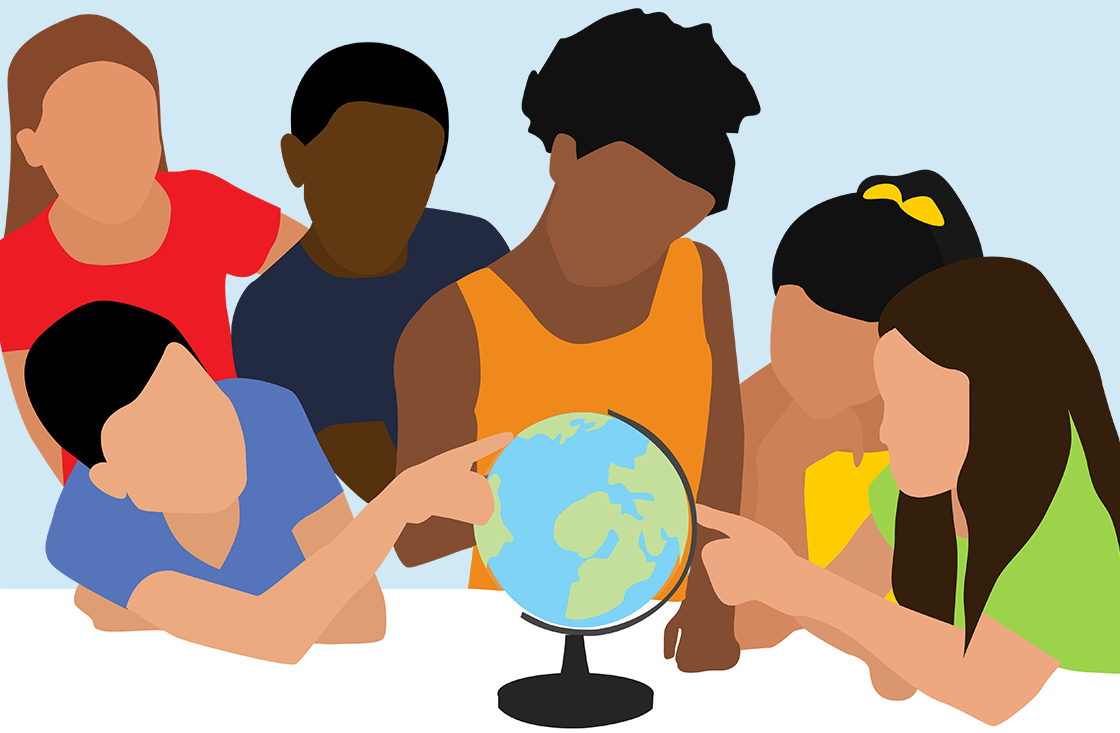
Through our Girl Innovation, Research, and Learning (GIRL) Center, the Population Council carries forward a global agenda—that we helped define 25 years ago—to transform the lives of adolescents, especially girls. The agenda is more relevant than ever as adolescents face social, health, and economic challenges that have been further compounded by the Covid pandemic.
Recent highlights
Our longitudinal studies illuminate persistent and changing needs throughout adolescents’ lives.
- In Mexico, the Violence Outcomes in COVID-19 EPOCH Study (VoCeS-19) collected a second round of data on livelihoods, education, and experiences of violence since the pandemic.
- In Egypt, the Survey of Young People in Egypt (SYPE) builds on data, collected in 2009 and 2014, on the health, education, and employment prospects for more than 15,000 adolescents and young people. In a third follow-up round of data capture, SYPE also collects information about the effects of the pandemic and climate change as well as reach new participants, including individuals with disabilities.
- In India, Understanding the lives of adolescents and young adults (UDAYA), a unique longitudinal study which collected data between 2015 to 2020, provides crucial insights into the quality of adolescents’ transitions to adulthood for more than 16,000 adolescents. In a series of follow-up rounds of data capture, UDAYA also collected information about the effects of the COVID 19 pandemic on education, mental health, and livelihoods.
To ensure data are used for evidence-based decisions and investments, the GIRL Center launched the Adolescent Atlas for Action (A3), a suite of tools that provides adolescent-focused stakeholders with accessible multi-dimensional evidence to inform programs, policies, and investments.
The Evidence for Gender and Education Resource (EGER) is the Population Council’s signature program to address inequalities and injustices in global education. In 2021, EGER published the Girls’ Education Roadmap for governments, NGOs, researchers, and donors, providing a framework for how to prioritize and align investments with the most urgent needs.
In the past year, we led a multi-country study on the gendered effects of COVID-19 school closures as well as published findings showing that significant gaps remain in our understanding of which interventions improve girls’ education and skills. The evidence and analyses make the case for greater collaboration and deeper investment to improve education for girls, boys, and communities around the world.